HTC Vive Wins CES 2017 With Wireless VR And Motion Tracking For Real-Life Objects
Blasting aliens into oblivion with a powerful assault rifle to the sweet sounds of MLG-esque dubstep, while doing my best to nail a "gun behind the back" trick shot.
In a traditional FPS, I would have found this boring. But this was no ordinary FPS experience, as you can see by scrolling down below, dear reader...
With HTC's new Vive Tracker - mapping my movement behind cover and enabling the use of a weighty prop gun with alarmingly good accuracy - it became proof that this company is at the front of the technological innovation that drives Virtual Reality forward.
HTC announced two premium accessories to further enhance the immersion of the Vive - The Vive Tracker and Deluxe Audio Strap - designed to bring you greater levels of motion tracking and remove the need for big, cumbersome headphones that restrict the adjustability of the VR headset.
At just under three ounces, the Vive Tracker looks kind of like a lightweight proximity mine you would find in the multiplayer shooters of old - giving small hints to the technology within it. Simply put, attach it to any real-life object and you can programme it into a game with surprising levels of accuracy.
This includes the above shooter I spoke about (First Contact Entertainment's ROM: Extraction) and a simple VR Demo room of building blocks and bouncy balls - of which utilised the sensors on a pair of gloves.
After a calibration process that made my hands appear to have a comically severe case of double jointedness, the in-game hands and individual fingers moved near-instantaneously with my gestures in real life.
After playing so many different VR experiences with so-called "controllers" with complicated button layouts to supposedly recreate the way that hands grab things, it was a breath of fresh air to actually feel some immersive control over a virtual world - something these headsets are supposed to be working towards.
But of course, this isn't the only applications for the Vive Tracker - allowing press members to take a swing of a real baseball bat or even extinguish flames as a firefighter.
“We were able to integrate the Vive Tracker into our firefighting simulator within four hours,” said Dr James Mullins from Deakin University, Australia, creator of FLAIM trainer. “For us, the Vive Tracker eliminates both hard material costs to integrate tracking sensors, but also saves critical development time. Now, we can bring products with full motion control much more quickly to market."
As for the new Vive Deluxe Audio Strap, it does a lot more than provide an easy audio solution for the VR headset. That circular thing on the back up there, that's an adjustable sizing dial - much better for perfecting than the velcro option you had in the previous version!
And their final piece of kit has a rather understated name of "TPCast," but it's possibly the biggest announcement of their showing.
In one word - wireless. In a few - no more being restricted/tripping over a cable.
Created in the Vive X incubator program, the team have developed this wireless answer to so many wire-related problems. This self-contained box has the battery life of 90 minutes (not much, but an XL battery with five hours is due a few months after release) and a latency time of an unnoticeable 2ms.
“Our approach to wireless and VR is the same approach that we’ve taken with the Vive – wireless will be open-standard and we look forward to supporting any company that can demonstrate a low-latency solution to wireless VR,” said Daniel O’Brien, GM, US and EMEA, Vive. “We are confident that wireless VR will be a significant contributor to the Vive ecosystem in 2017."
These big three announcements put HTC Vive in an incredibly strong position for the VR battle of supremacy. I'm certainly looking forward to how developers utilise the tracker in the future.


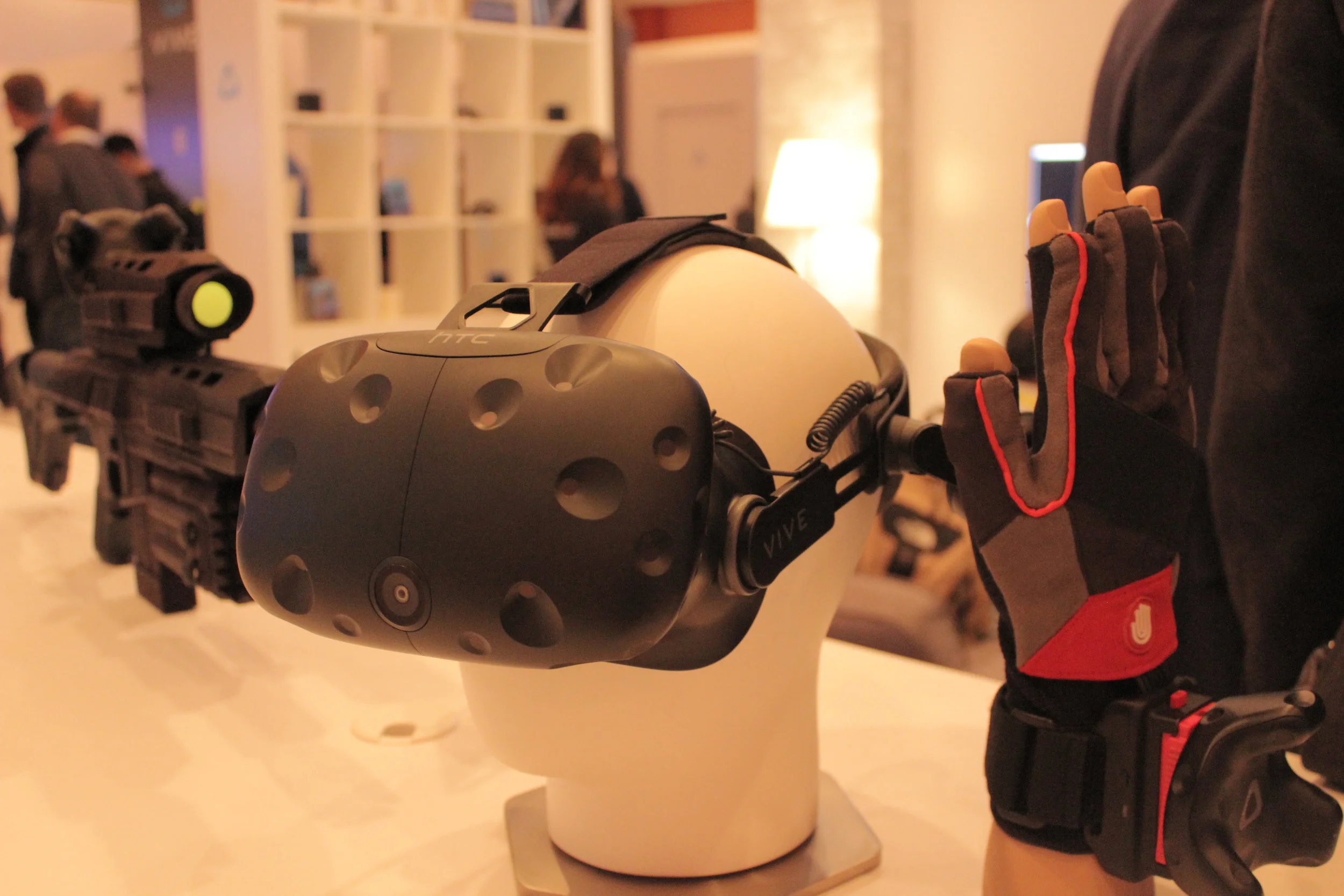
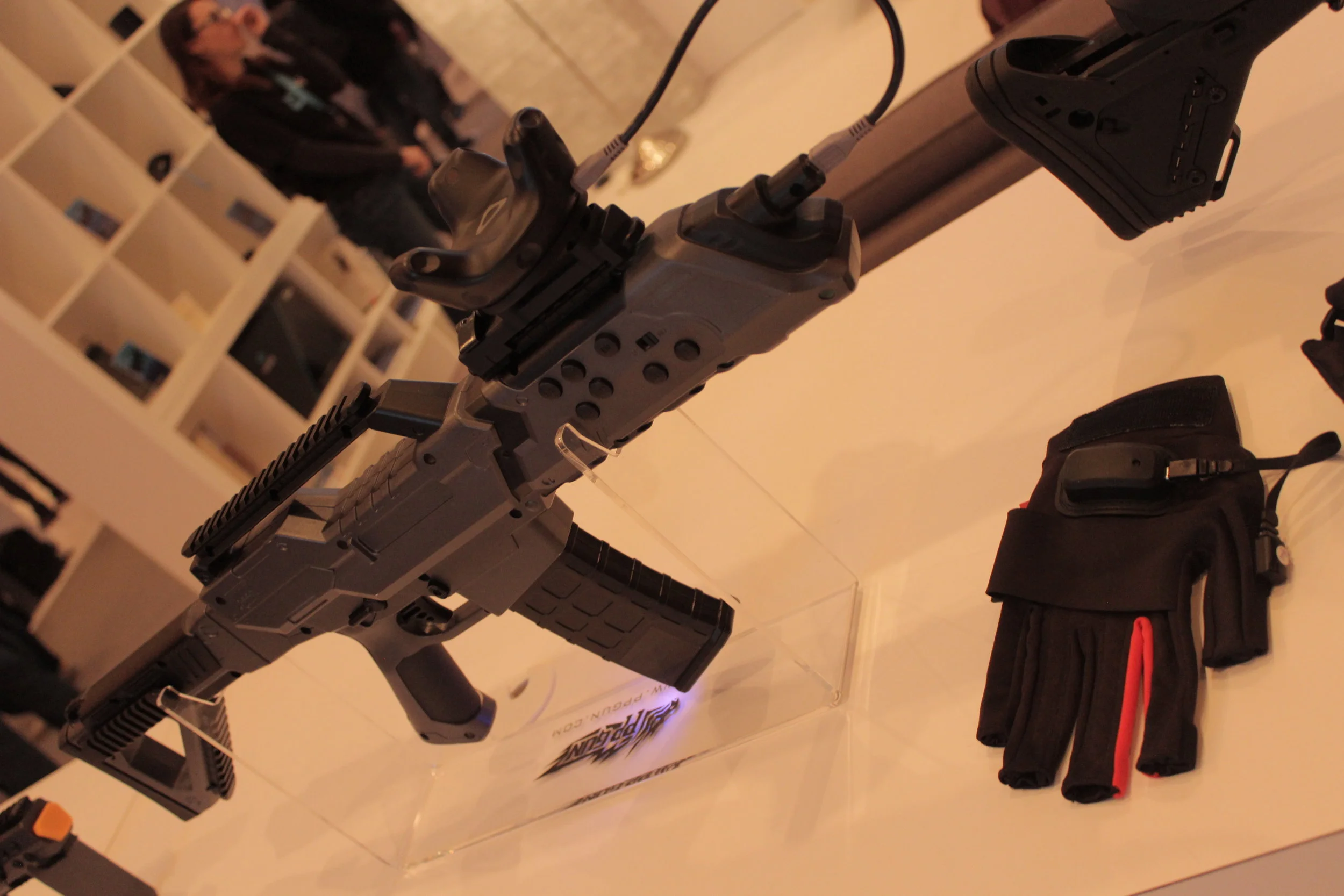
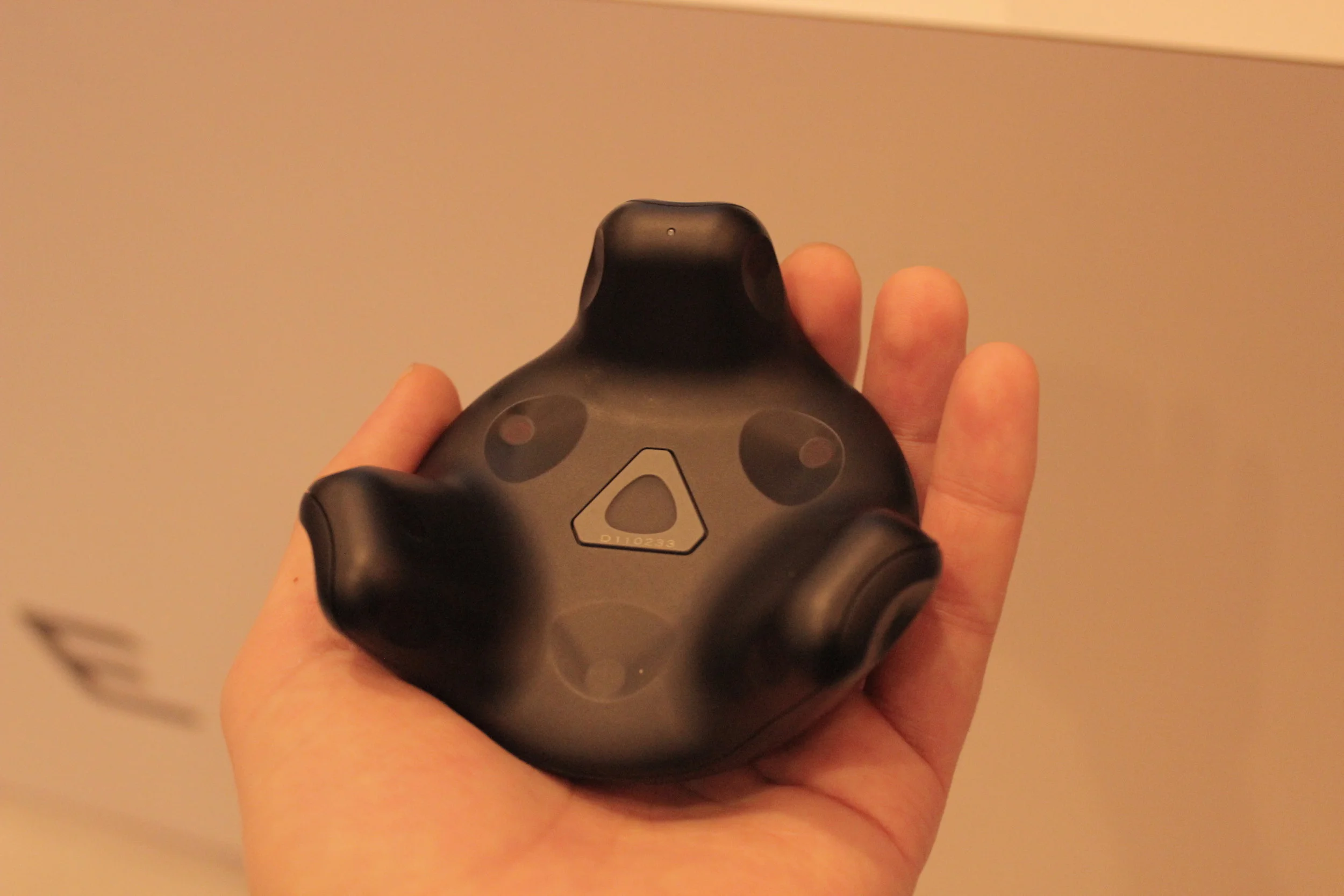
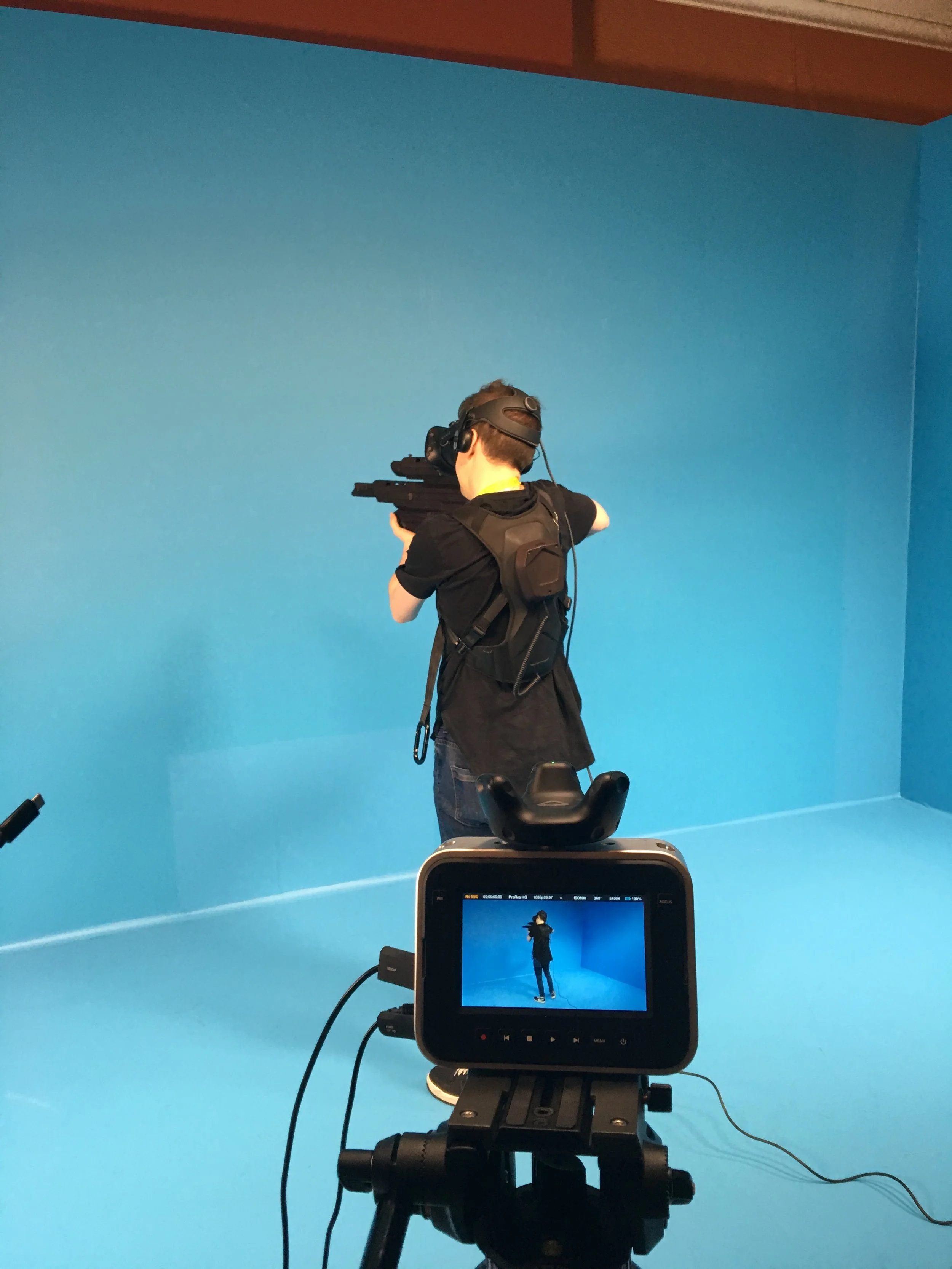
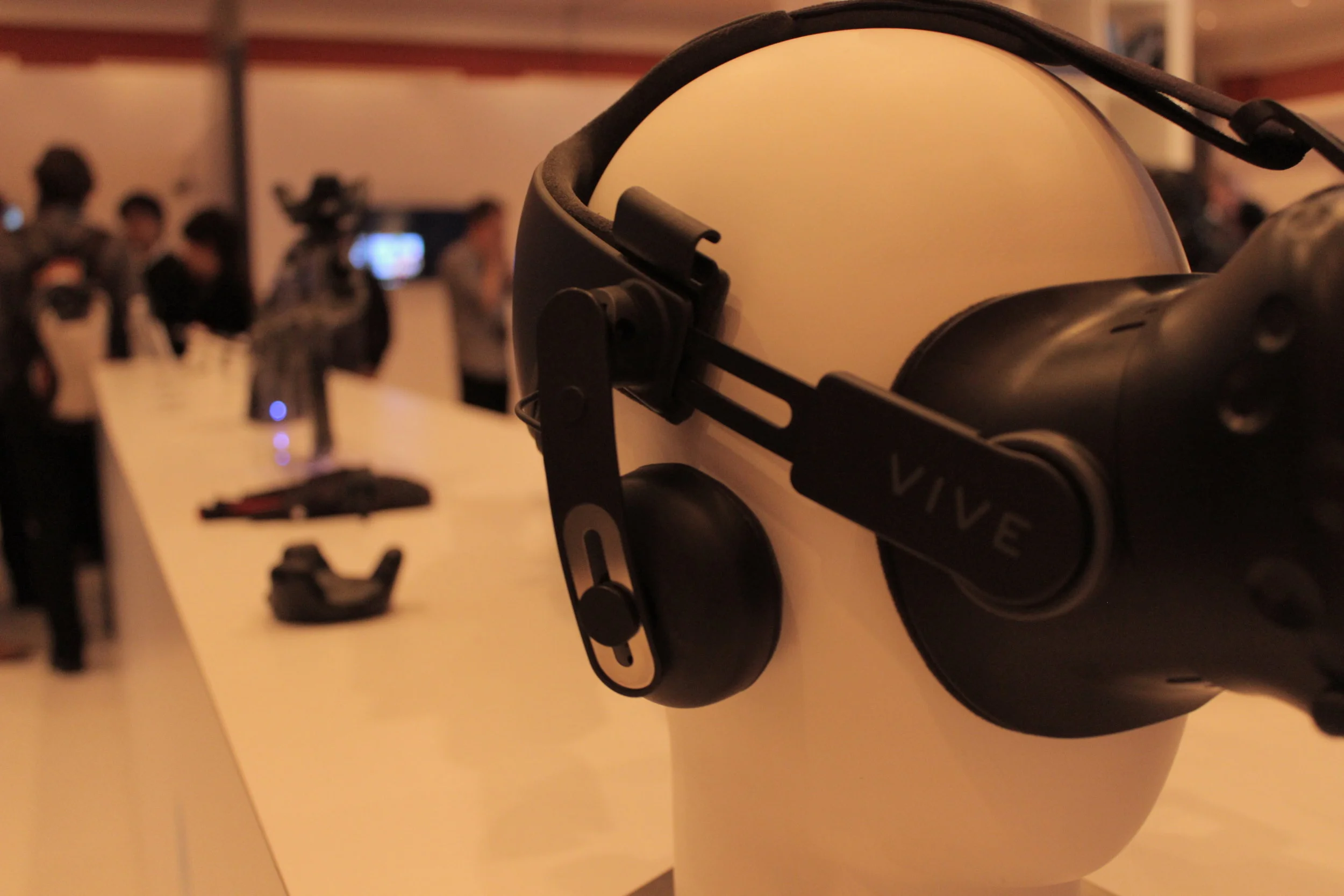
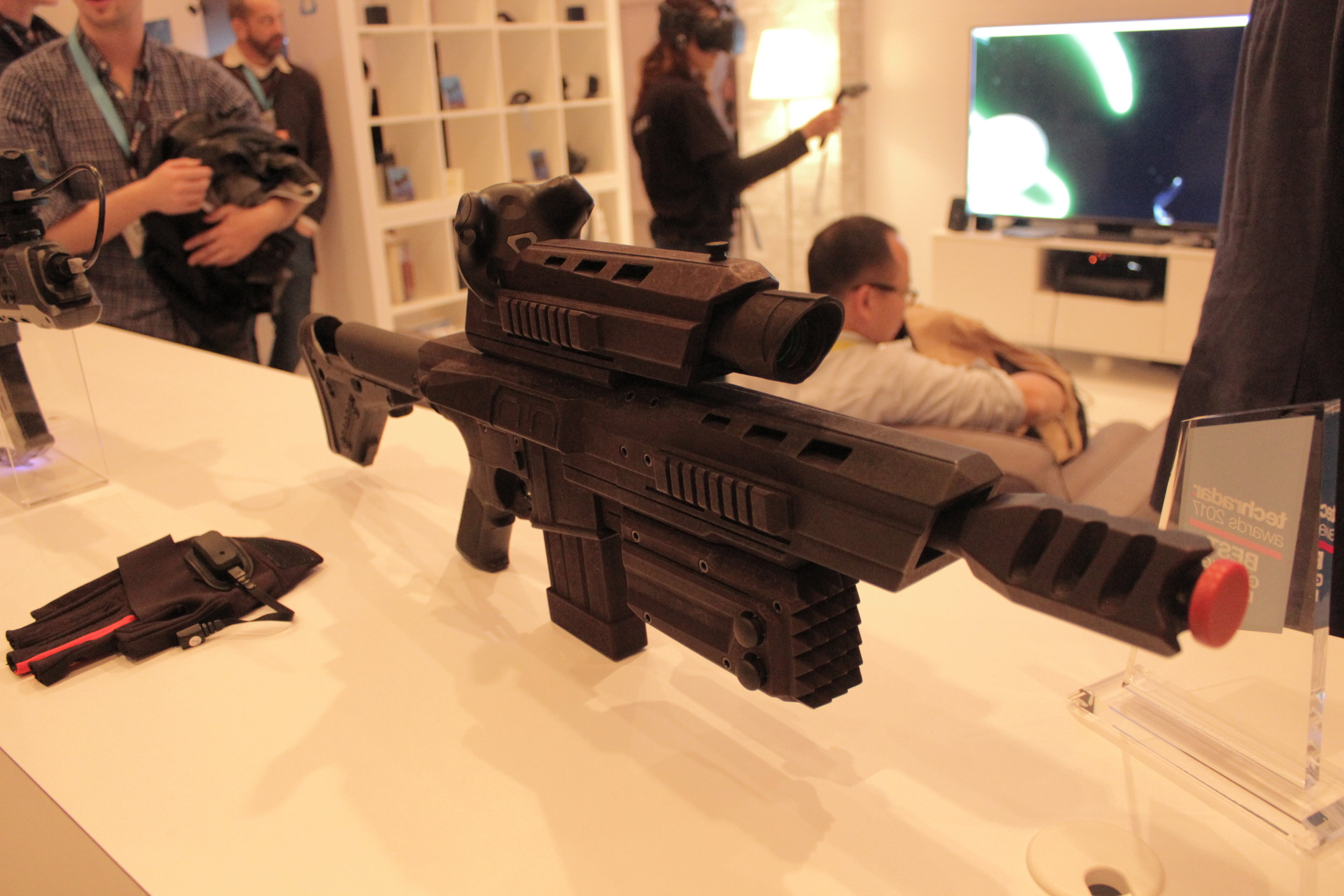
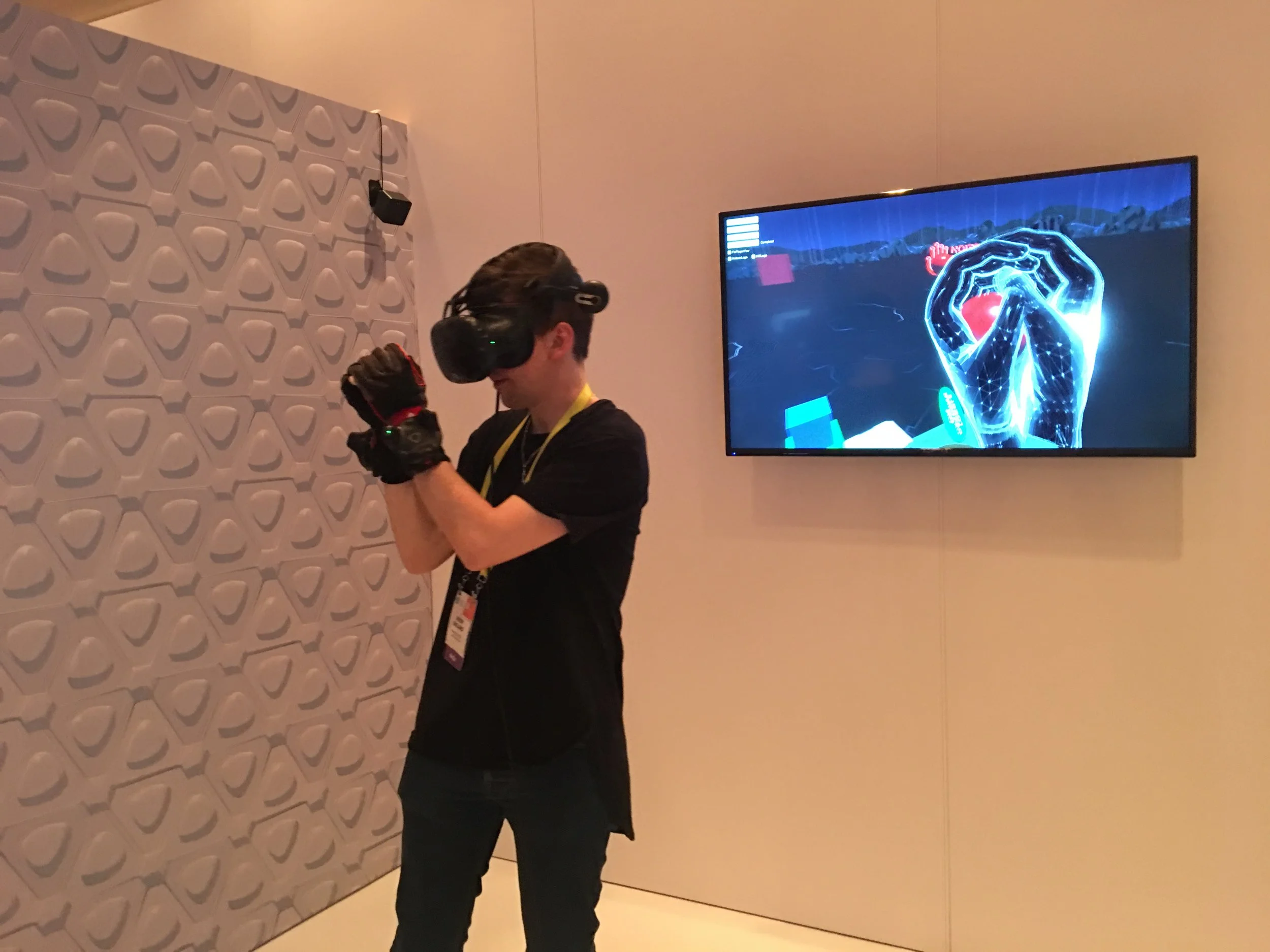
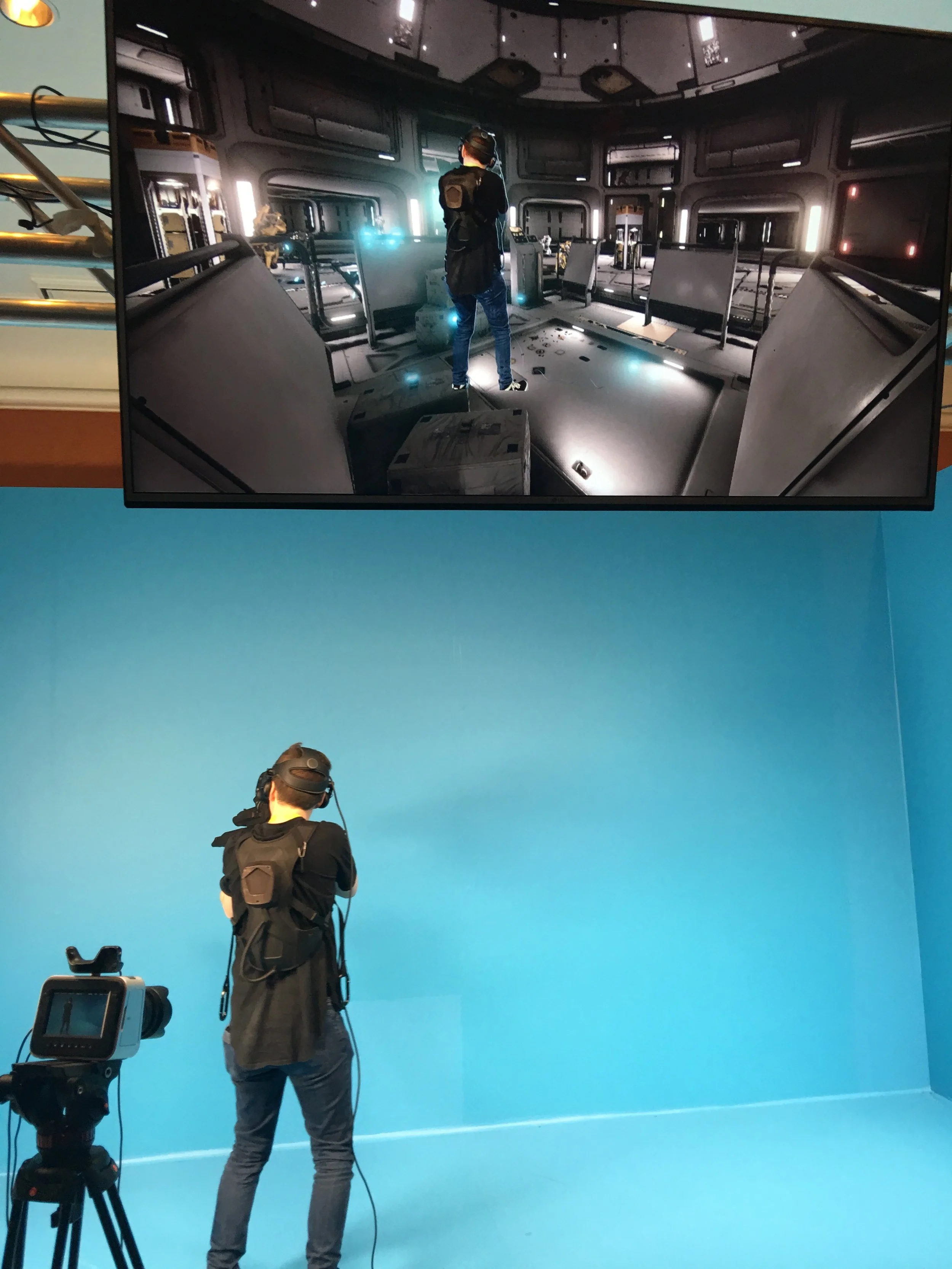
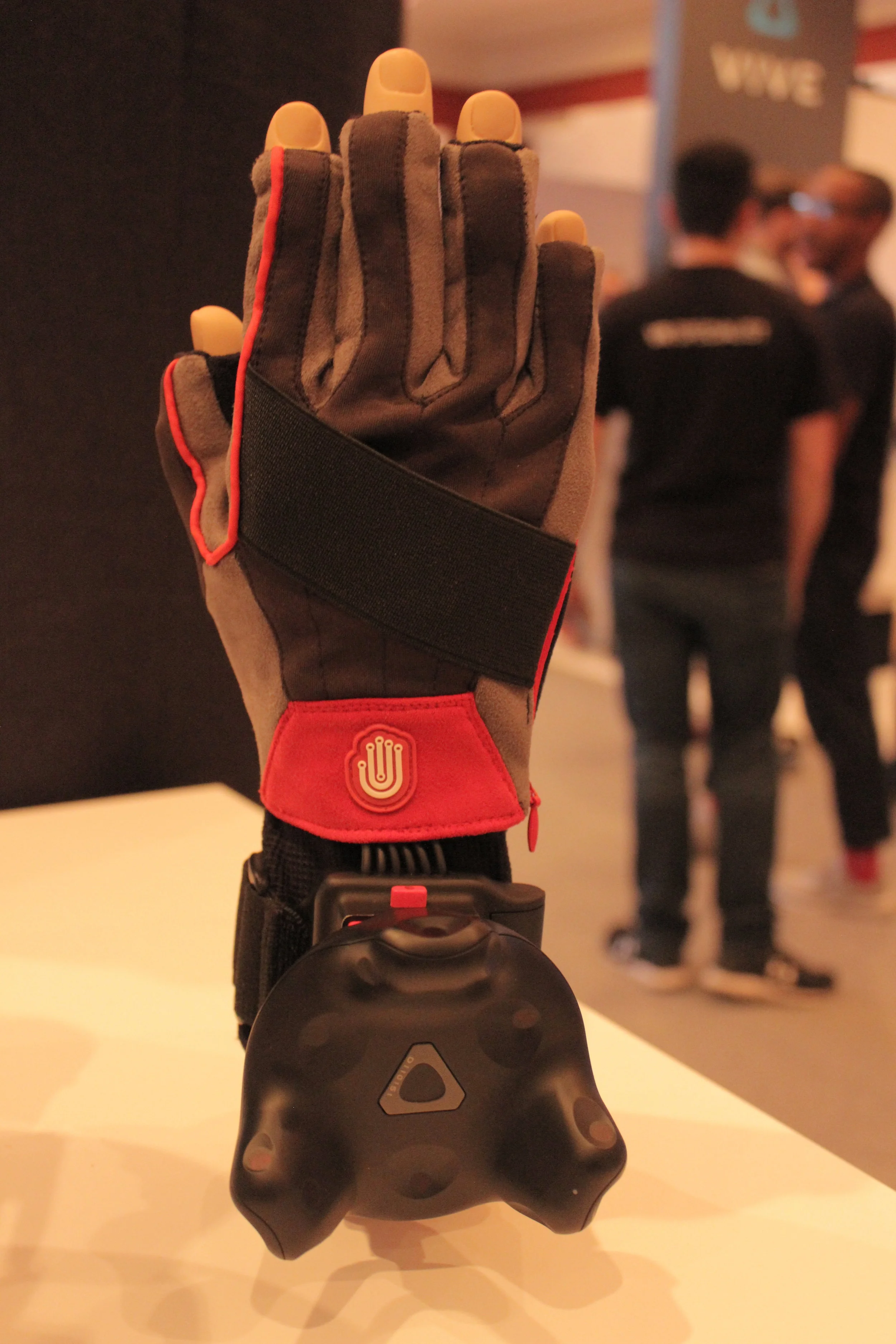





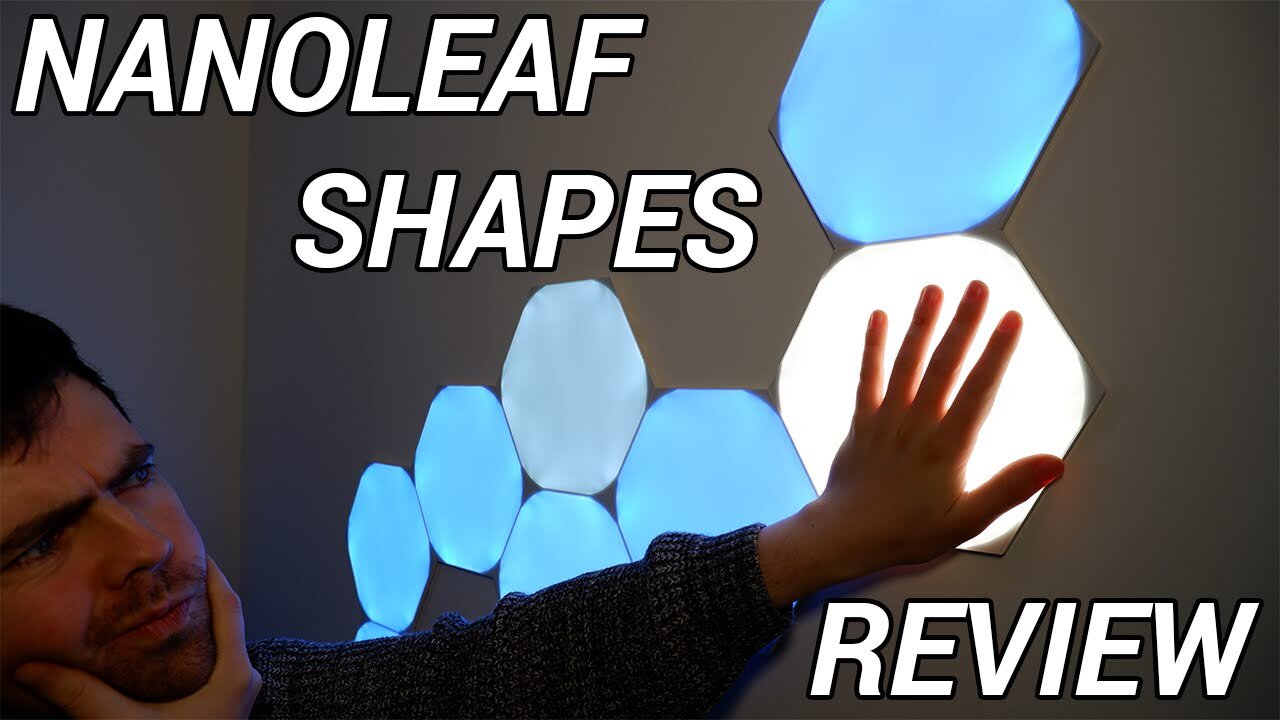
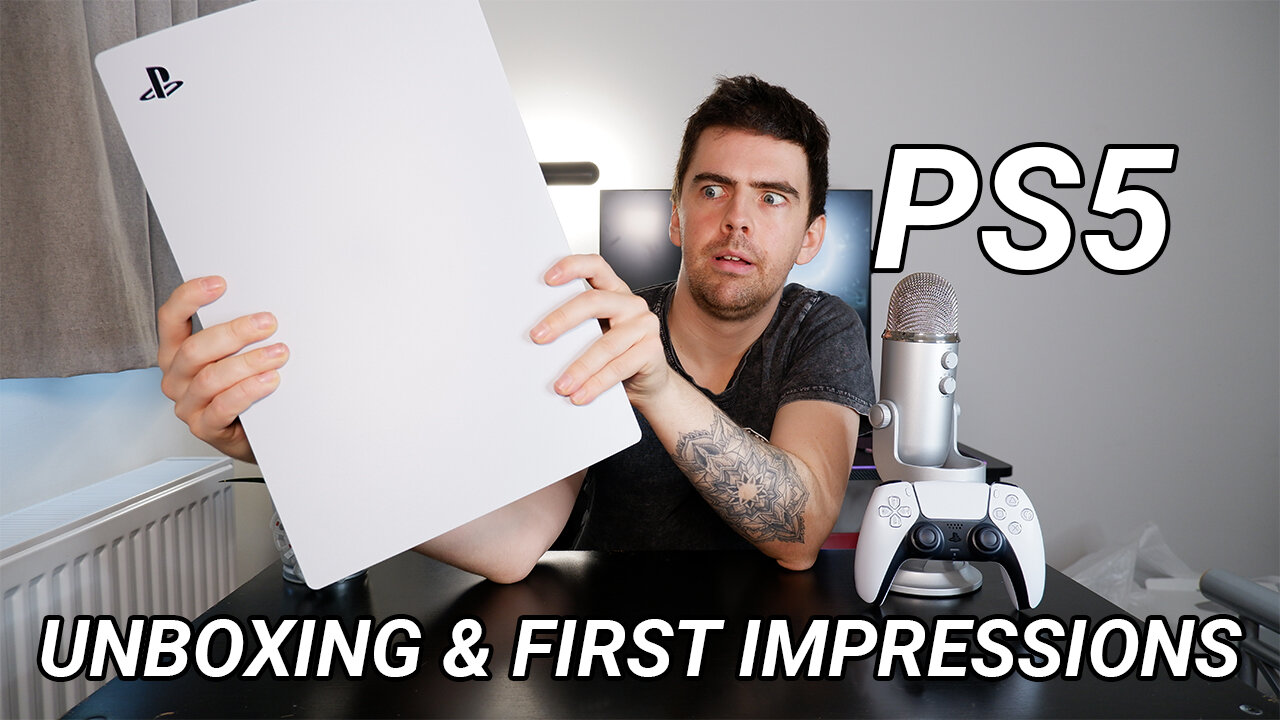




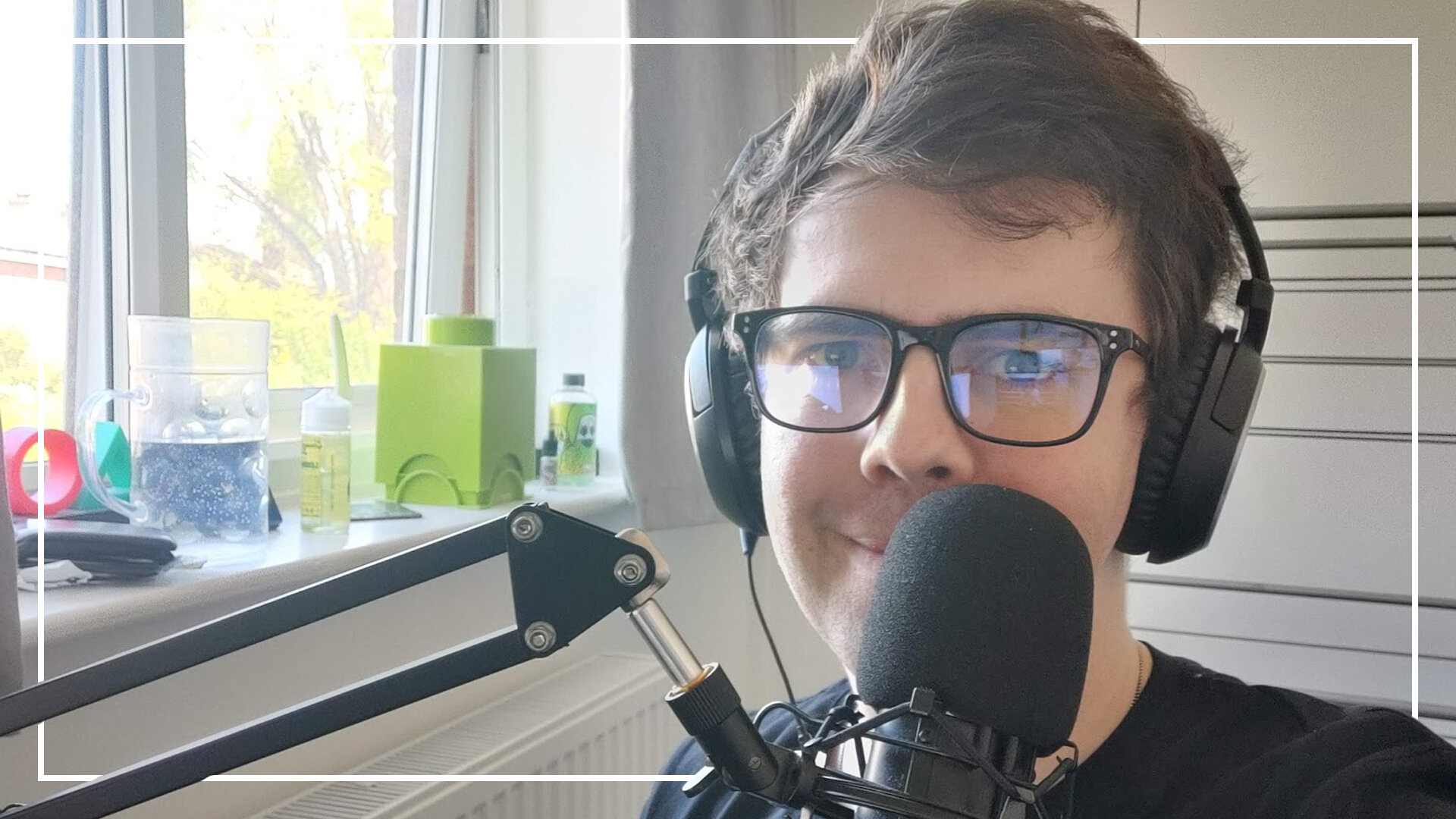
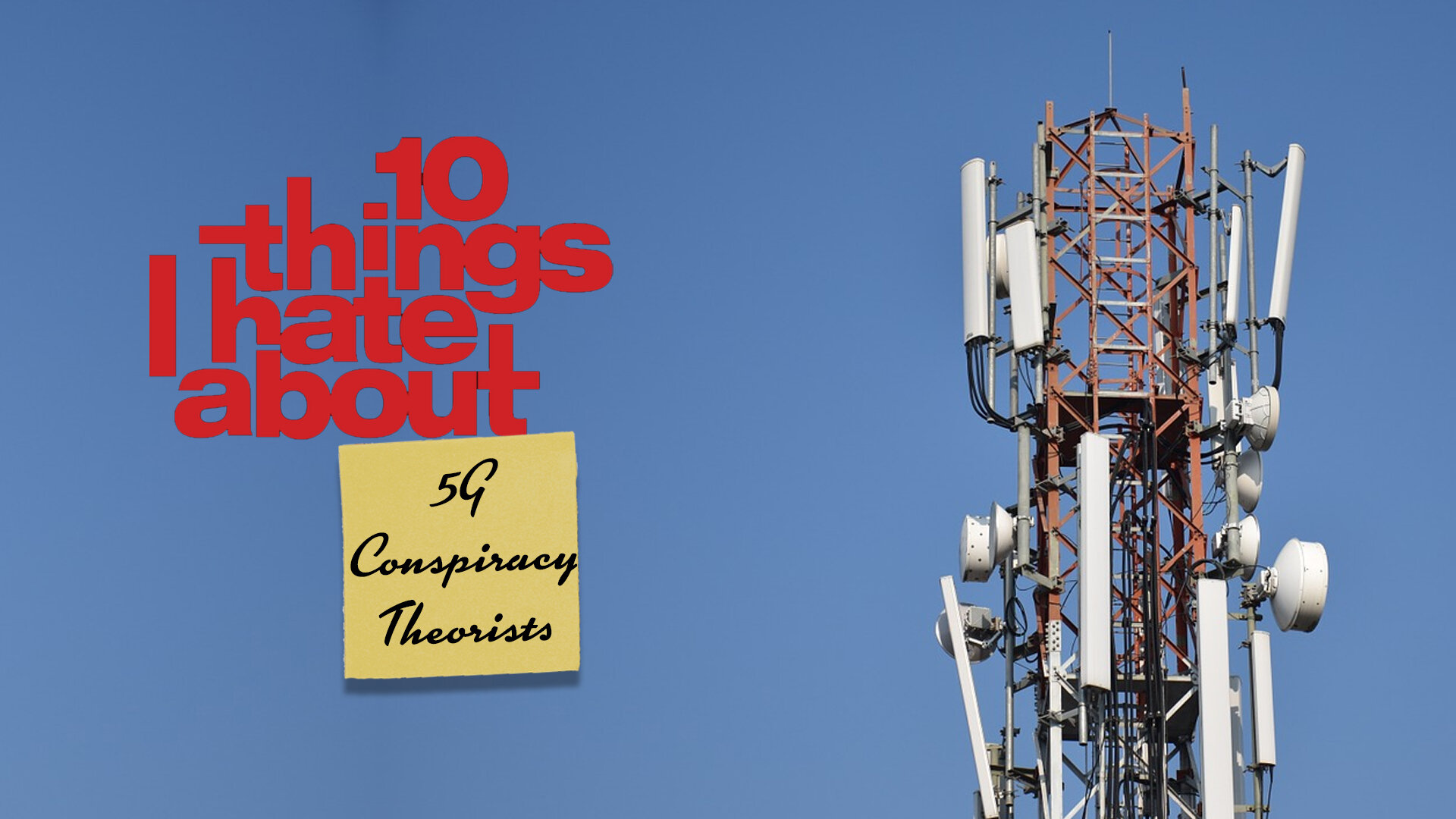
Alongside the scientists, 50% of the British public and the future health of young people across the nation, I have one simple request: delay Freedom Day, please.